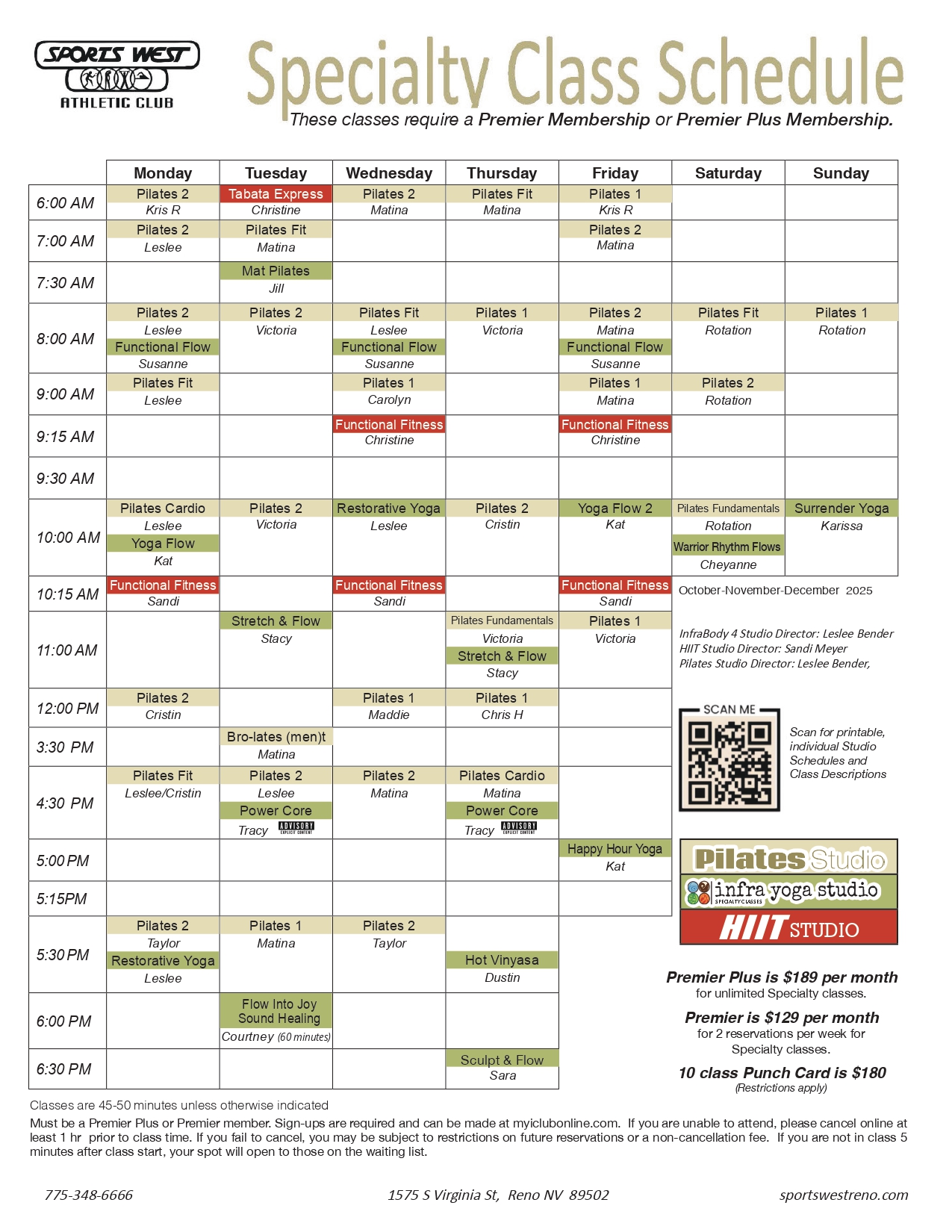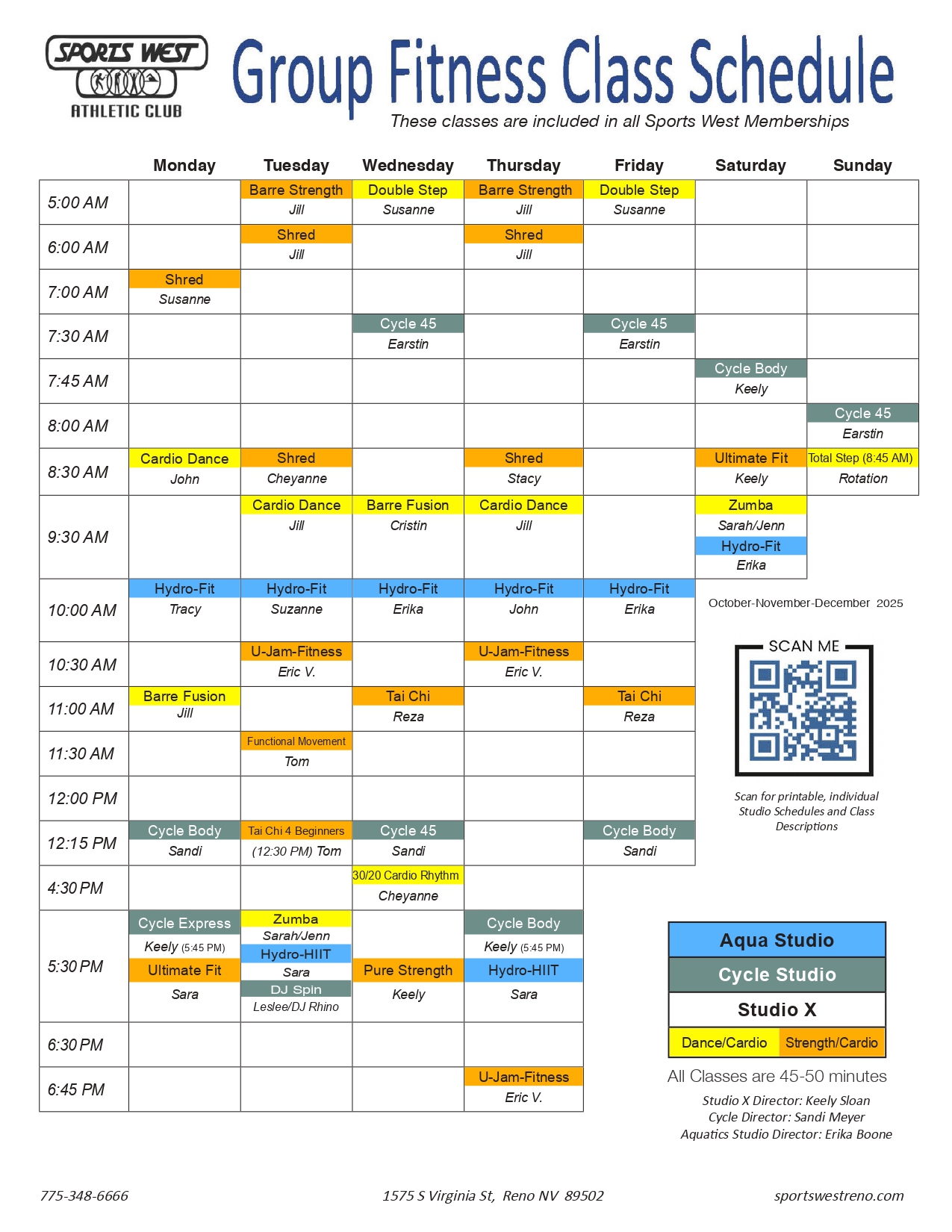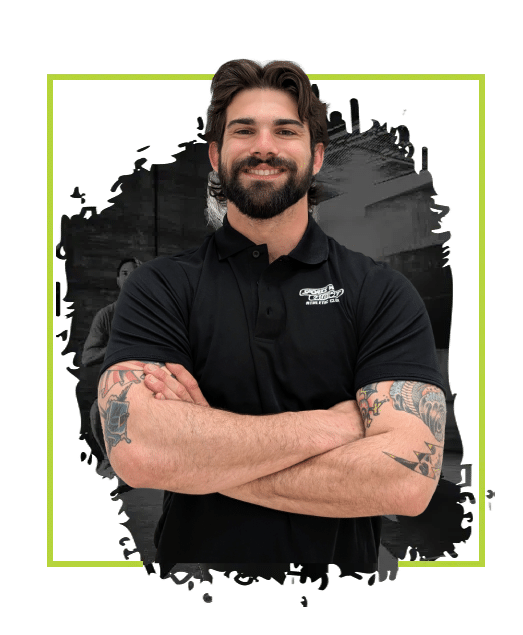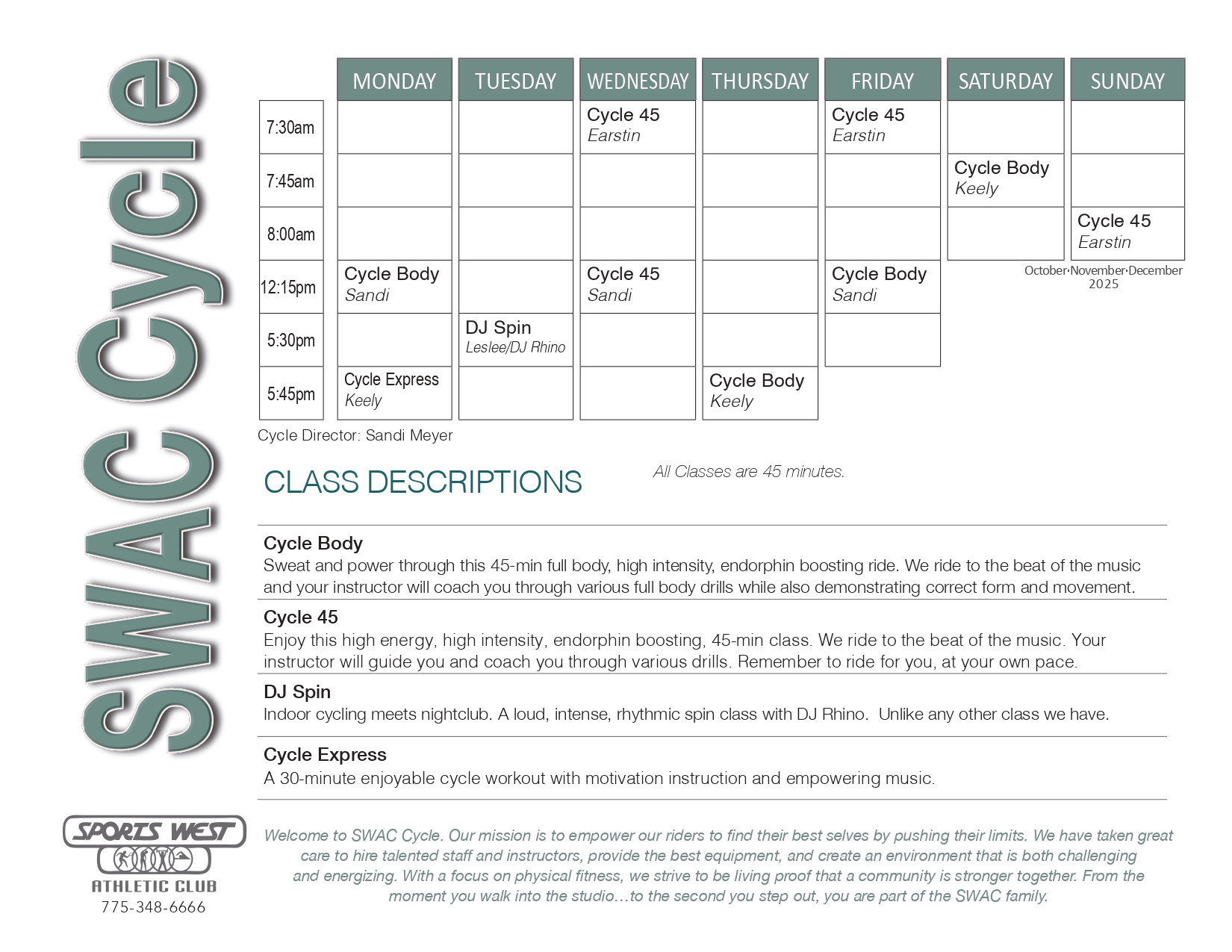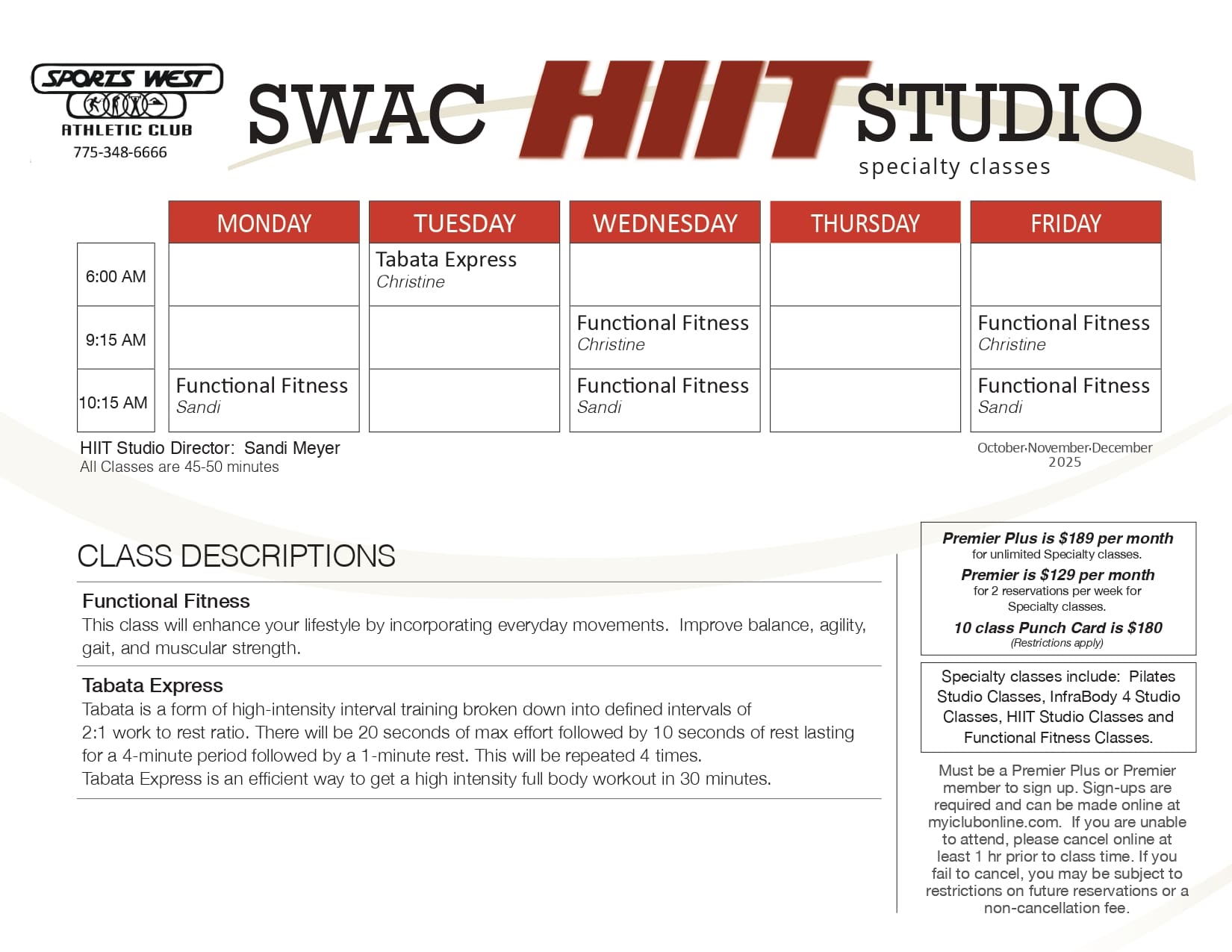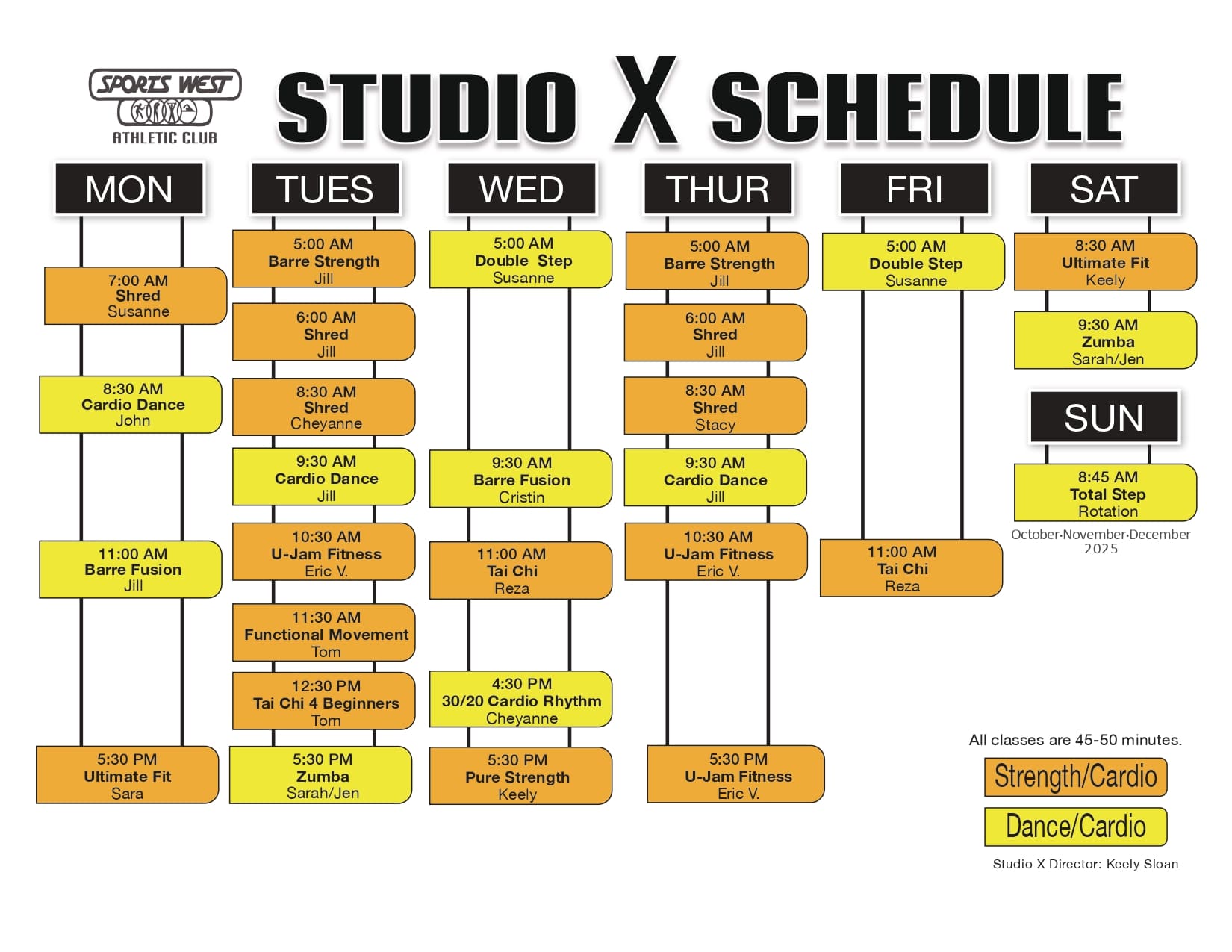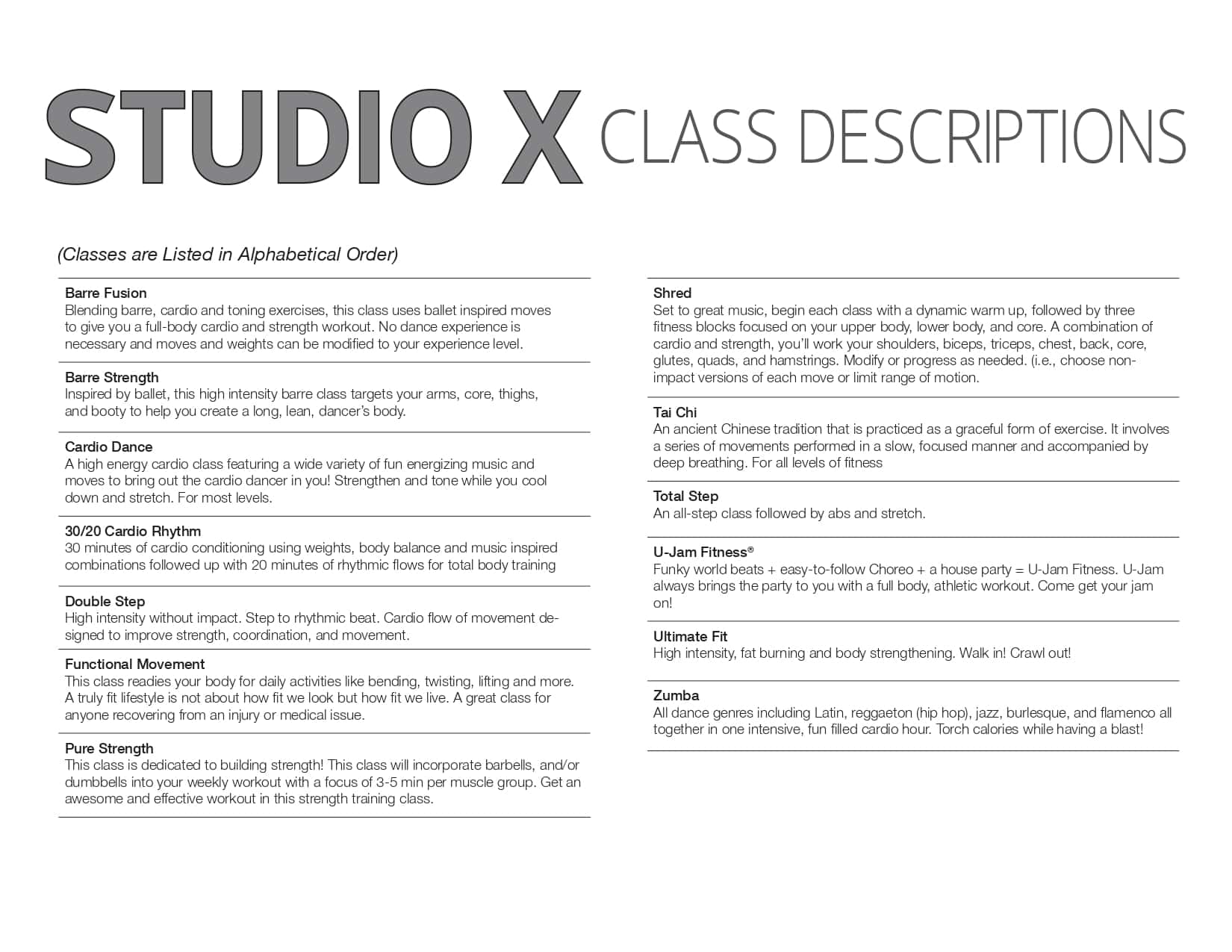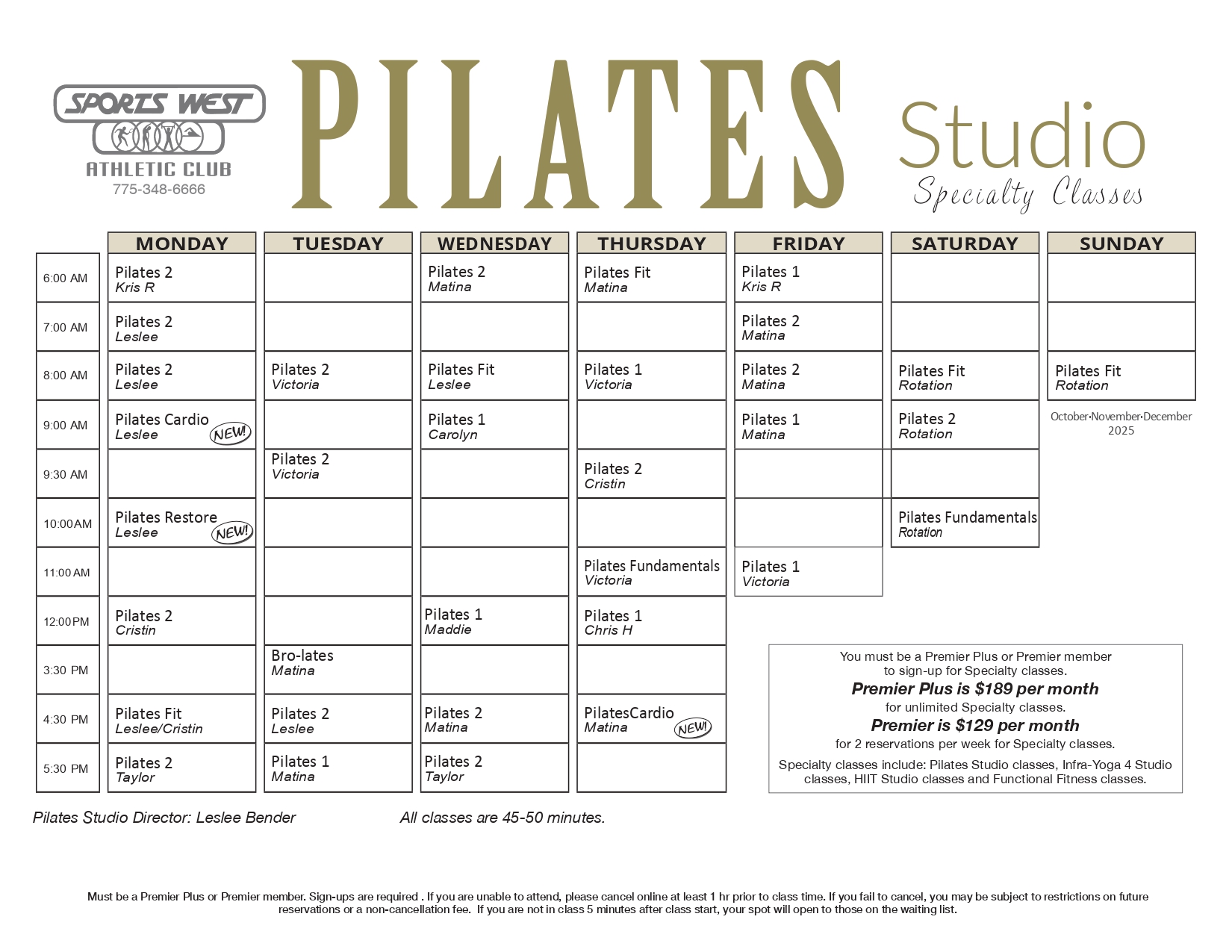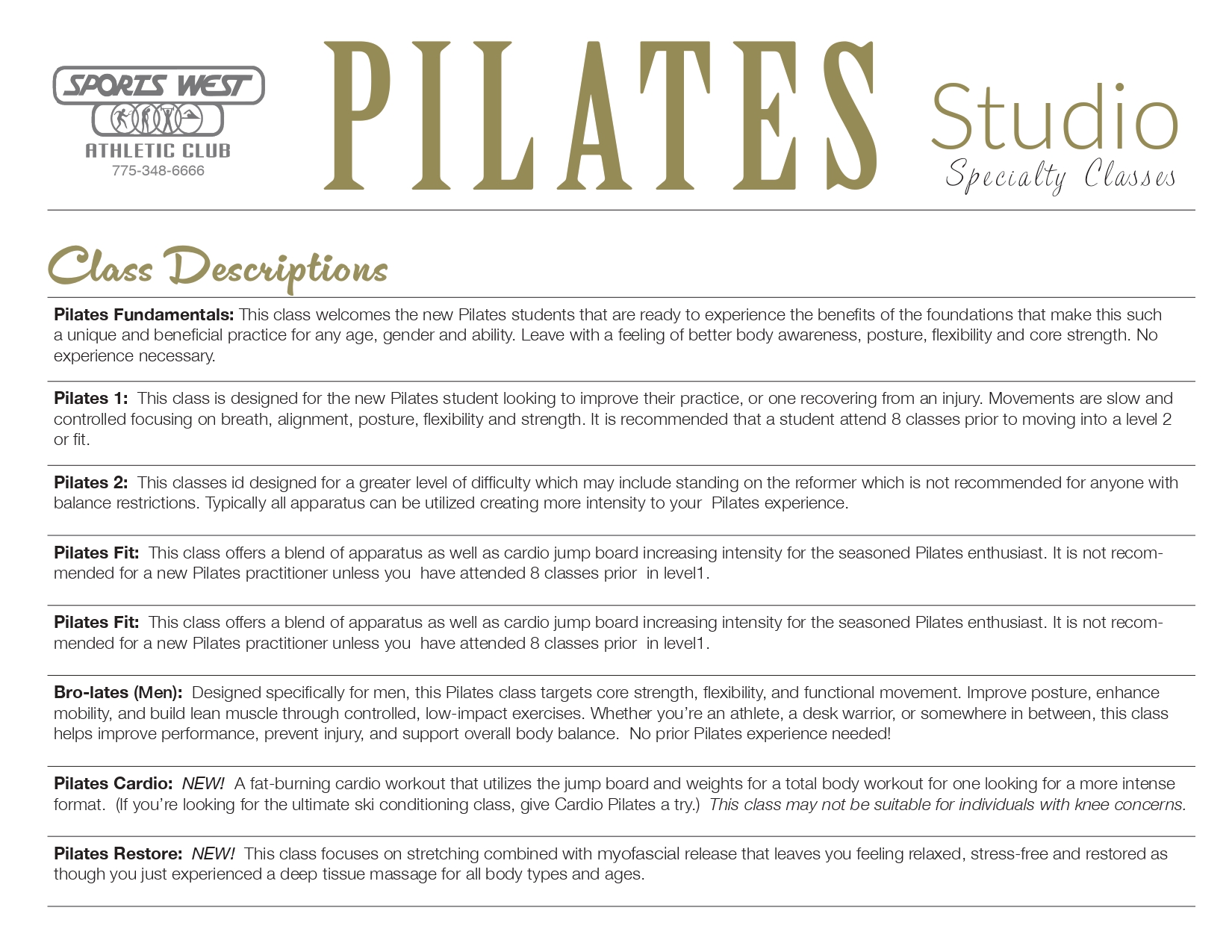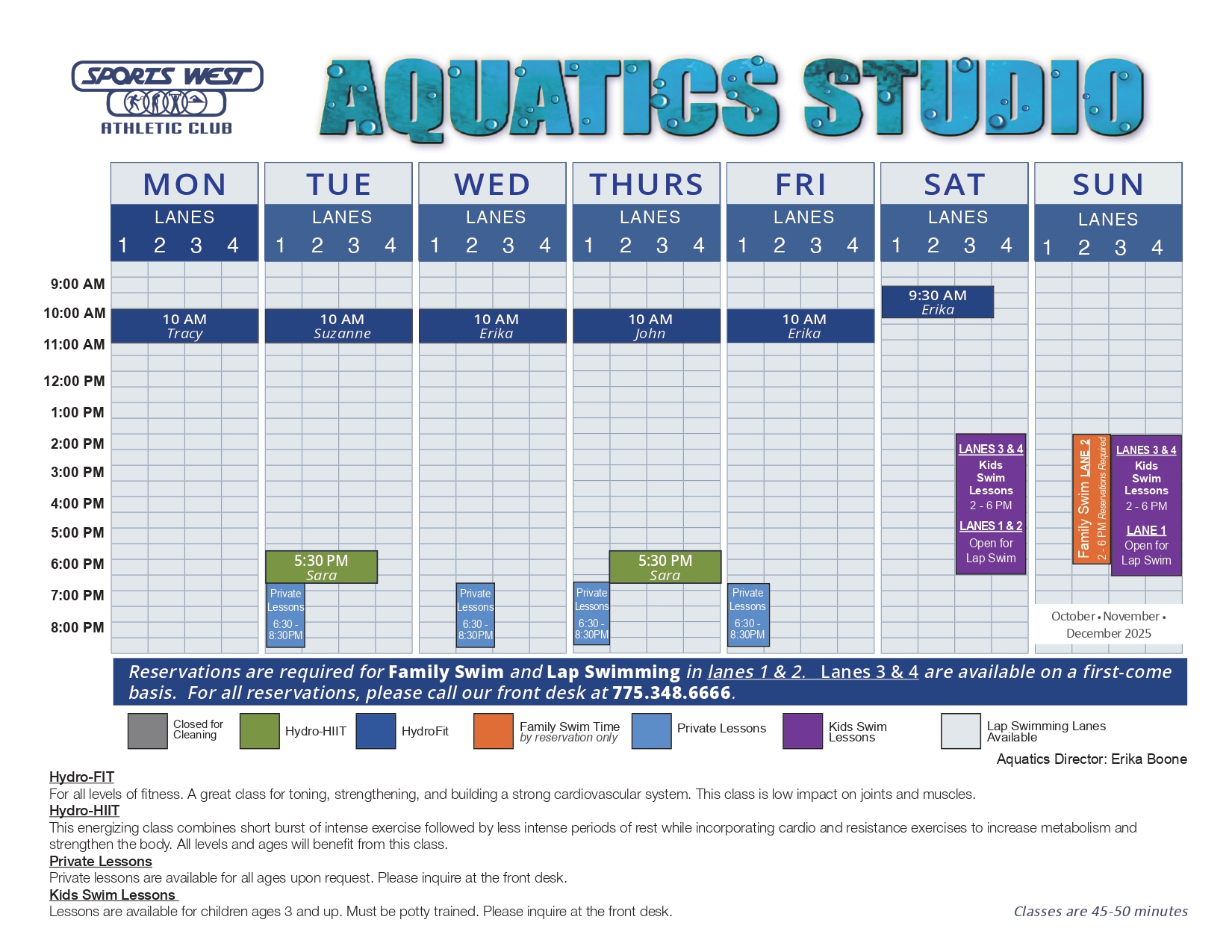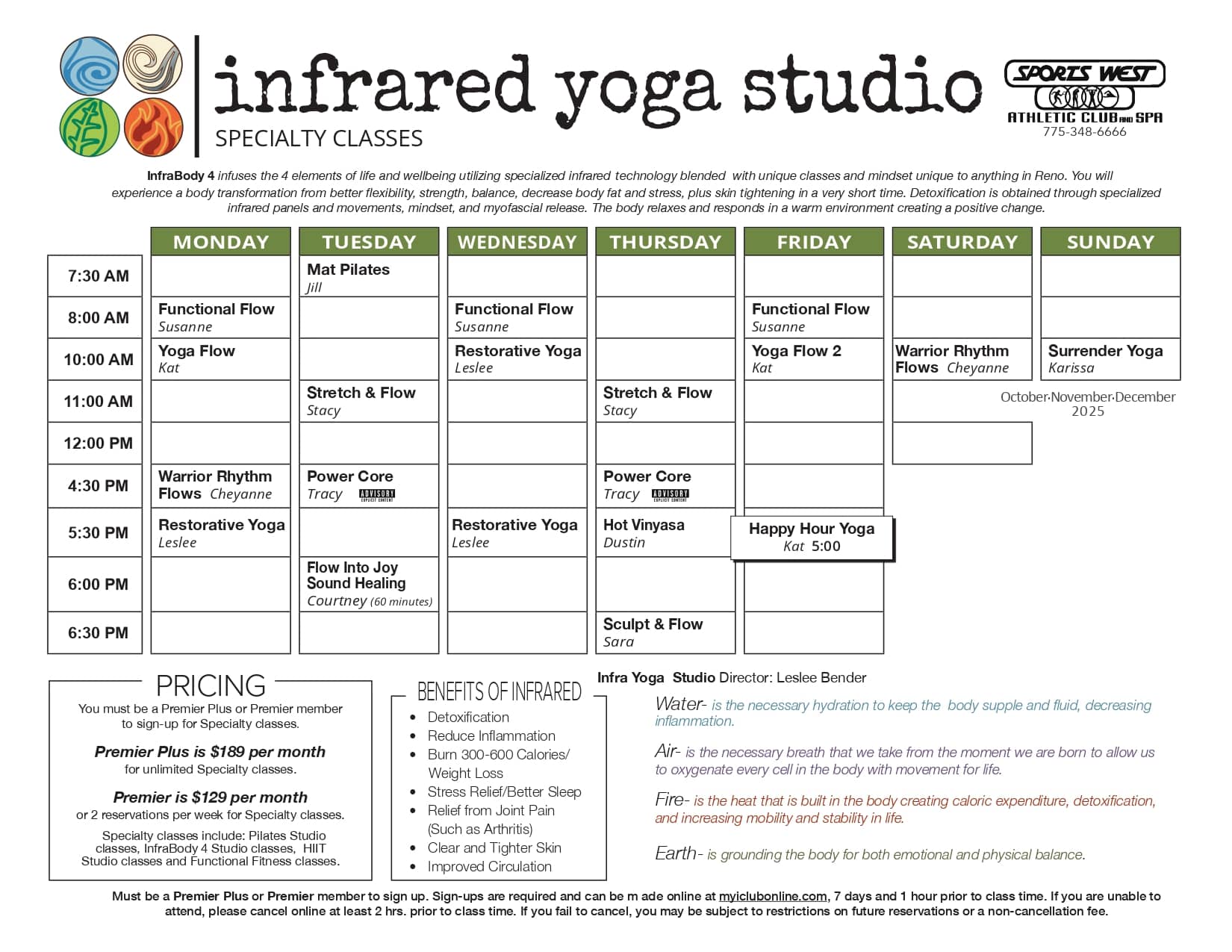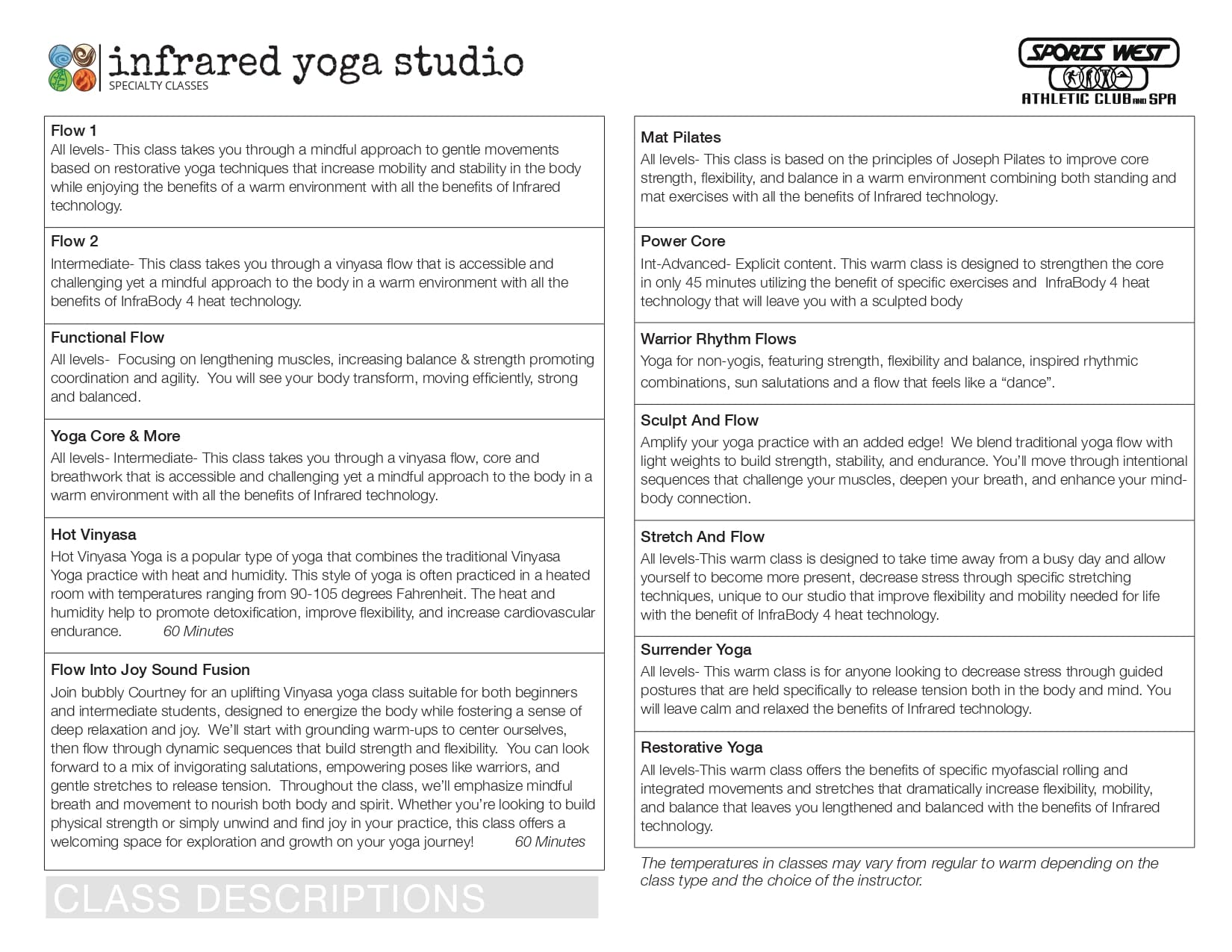
Exploring Pilates Myths: Facts Everyone Should Know
Pilates is known for its ability to improve flexibility. Also, it improves core strength, posture, and overall body awareness.
The concept of Pilates originated in the early 20th century. Since then, it has evolved into a popular choice for people looking for low-impact and effective workouts. Most people hire personal trainers and practice Pilates at home. However, in recent years, Pilates studios have gained attention for offering customized training sessions.
Although the idea of Pilates is growing rapidly, several misconceptions continue to surround it. These myths or misconceptions have created mental barriers for people. Hence, many are missing out on the health benefits this exercise offers.
It is important to address the myths. It helps people understand how Pilates can help in achieving athletic enhancement and overall well-being.
Remember – misinformation can deter you from exploring Pilates, making it crucial to clear up these misunderstandings. So, in this blog, we have cleared the air while busting some myths around Pilates.
| Elevate your fitness with Pilates – Schedule your Session Today! |
Myths And Facts Surrounding Pilates
Here are some myths that we have busted surrounding Pilates –
Myth 1: Pilates Is Just For Women
Fact: Pilates strengthens men and women equally, regardless of gender.
Pilates is not only for women – its advantages are extended to men as well. Did you know – Pilates was first introduced by Joseph Pilates?
Well, at first, he introduced it so that males could focus on core strength, flexibility, and stability. But with time, women also started incorporating these in their fitness routines.
Athletes such as – football players, dancers, and swimmers incorporate Pilates into their training exercises. This helps them to enhance their performance and prevent injuries. It emphasizes controlled movements and muscle balance. Thus, Pilates is a great option for enhancing athletic performance, improving posture, and building overall strength.
Pilates offers several benefits to men. This is because it challenges muscles that may not get the same attention as traditional weight training. Nowadays, Pilates studio offers sessions to all fitness enthusiasts – helping them achieve better flexibility, endurance, and core strength.
Myth 2: Pilates Is Only For Rehab
Fact: Pilates is beneficial for fitness, not just rehabilitation.
If you are still thinking Pilates is just for rehabs – well, think again! Professional Pilates trainers customize the exercise to meet your specific goals and your needs. Whether you need it for rehab or to achieve your fitness goal – you can always choose Pilates.
So, if you are an athlete, fitness enthusiast trying to achieve your physical goal, or a beginner – you can incorporate Pilates into your routines. This helps to boost your athletic performance and prevent injuries. It also helps you build lean muscle. So, the long answer is short – you can practice Pilates even if you are not hurt!
Pilates is scalable – which means they can be adjusted to challenge any fitness level. So, even if you are recovering from an injury – you can incorporate Pilates into your regimen.
Myth 3: Pilates Can Help You Grow A Six-Pack Very Quickly
Fact: Pilates develops core strength gradually, not instant six-pack results.
Pilates strengthens your core. But it does more than just give you a six-pack. If you think that you will get your 6-pack abs by just practicing Pilates for a few days, well, there you are, going down the wrong path!
Pilates will help you obtain better posture by improving pelvic stability and rib and pelvic alignment and organization. As a result, your deep core muscles – diaphragm, internal obliques, transverse abdominals, pelvic floor, and multitudes – can function more efficiently. These deep core muscles are important for lowering the majority of back discomfort and other postural issues.
Also, it acts as a corset to tighten your waist and create a flat tummy. But what about those incredibly strong abs? Pilates may help by strengthening your complete core – including your deep core and your 6-pack!
| Achieve better posture and flexibility – Contact Us for Pilates! |
Myth 4: Pilates And Yoga Are Same
Fact: Pilates focuses on strength, while yoga focuses on flexibility and spiritual and mental well-being.
People usually think yoga and Pilates are the same. They somewhat share some similarities – but they are different practices with different goals. The only similarity is – both focus on mind-body connection, flexibility, and breathing.
However, Pilates is more focused on strengthening the core and improving body alignment. It enhances physical fitness through controlled, precise movements aimed at increasing muscle strength and sustenance.
Whereas, yoga is more leaned towards spirituality. It is based on a combination of physical postures, breathing exercises, and meditation. People practice yoga with the goal of achieving mental and spiritual well-being. Many Pilates Studio offer both for people who are looking to achieve spiritual and physical goals.
Myth 5: Reformer Pilates Is Harder Than Mat
Fact: Both Reformer and Mat Pilates offer equal challenges
Mat Pilates and reformer Pilates are both equally challenging. Both use different tools with different strengths. The reformer machine has springs and pulleys that may look intimidating. However, it is simply a tool that provides resistance and assistance, allowing for more versatility in exercises.
In fact, Reformer Pilates can sometimes be a better option for beginners. This is because the equipment supports the body and offers adjustable resistance to match your strength level.
Meanwhile, mat Pilates relies only on body weight for resistance. It often demands greater control and stabilization from the core. This can make some mat exercises more challenging – especially for those with weaker core muscles or flexibility limitations.
But don’t let the thought of challenges stop you – practice makes a man perfect – so grind it until you achieve it.
Read More About:
- How Long Before You See Progress from Pilates?
- How to Integrate Pilates into Your Daily Routine?
- Is a daily 20-minute Pilates session sufficient?
- Are Pilates Good for Weight Loss?
Myth 6: Pilates Can Be Risky
Fact: A well-laid Pilates technique can help with bodily discomfort – which makes it non-risky.
All exercises are risky – if not done properly. Pilates is no different. The goal of this exercise is to correct imbalances, build core strength, and offer other health benefits. Many doctors and physical therapists suggest it to their patients with back and joint discomfort.
It is considered the best option for those recuperating from other illnesses and injuries due to accidents.
But remember – you must not jump straight into a class with an inexperienced instructor. It can be risky, especially for someone with an injury or specific limitations. In large group mat classes, it is often difficult for the instructor to provide the corrections necessary for the safety of each individual.
Without proper guidance, these conditions might lead to severe injuries or exacerbate existing injuries. Several Pilates classes won’t even let beginners attend group classes.
Myth 7: Pilates Does Not Provide Strength Training
Fact: Pilates builds strength, targeting core muscles and body stability.
Pilates aims more toward controlled and deliberate movements. These engage multiple muscle groups – especially the core, back, and glutes – to build functional strength. Pilates may not involve heavy weights like traditional strength training – but it uses body weight, resistance bands, and equipment. All these provide resistance and challenge muscles.
Pilates strengthens large muscle groups. Also, it strengthens the smaller stabilizing muscles, which are often overlooked in traditional strength regimens.
| Get stronger and leaner – Book your Pilates session now! |
Takeaways
People may find it challenging to understand what to anticipate due to the numerous myths and misconceptions regarding Pilates.
Now that we have busted some common misconceptions about Pilates – you can add it to your fitness routine. You can have better posture, improved flexibility, and enhanced core strength.
However, to lower your chance of injury – it’s important to start out slowly. Once you are well-versed in your basic movement – gradually move up to a more strenuous practice. Slow and steady can help you avoid injuries and have great strength and mobility.
To ensure you are on the right track, you can join the best Pilates class in Reno, NV, at Sports West Athletic Club. Our trainers will be a part of your wellness journey and provide Pilates regimens that suit your goals.
Looking For A Pilates Studio In Reno, NV? Get In Touch With Sports West!
If you’re searching for the best studio for Pilates in Reno – contact Sports West Athletic Club!
We offer various Pilates classes and work with you to help you achieve your fitness goals. These might include – strengthening your core, improving flexibility, and enhancing overall body conditioning. No matter if you are a beginner or a pro – our instructors welcome all.
You can choose from our classes – Pilates 1 and Pilates 2, Pilates Fit, Pilates Mix, and Fundamental Pilates.
For more information on our Pilates classes in Reno, NV, and membership options – visit our website now!



